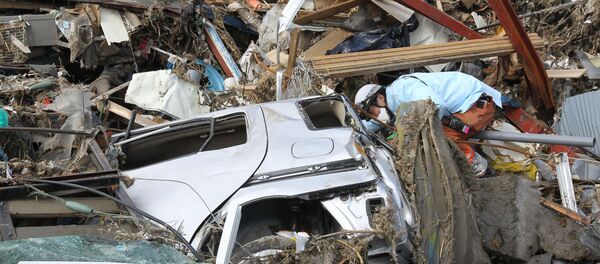"The Japanese government requested the visit in order to provide the IAEA with further explanations on measures against contaminated water, including contaminated rainwater, and TEPCO's [Tokyo Electric Power Company] efforts to improve communications and public outreach activities," the press release on the IAEA website said.
In June 2014, TEPCO, the nuclear plant's operator, started building the first section of frozen soil shields around the four disaster-hit reactors in Fukushima to prevent radioactively contaminated water inside the plant from reaching the ocean. However, in February, TEPCO announced it would miss the March deadline for the construction of the frozen soil shields.
On March 11, 2011, Japan was hit by a devastating 9.0-magnitude earthquake and subsequent tsunami. Due to the meltdown of several reactors at Fukushima, hazardous radioactive substances leaked into atmosphere, soil and water in the area.
The disaster is believed to be the world's worst since Chernobyl in 1986. According to Japanese authorities, cleanup efforts could take up to 40 years.



